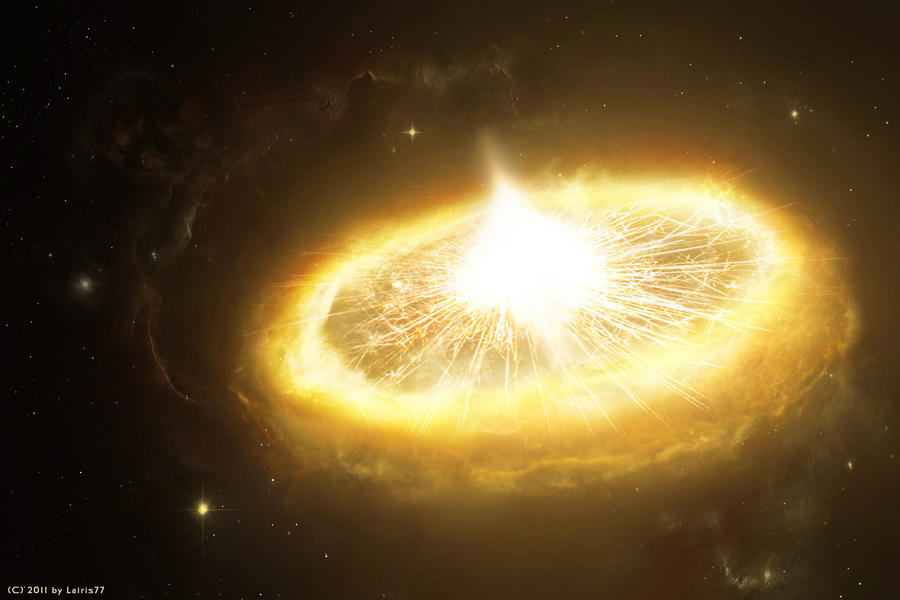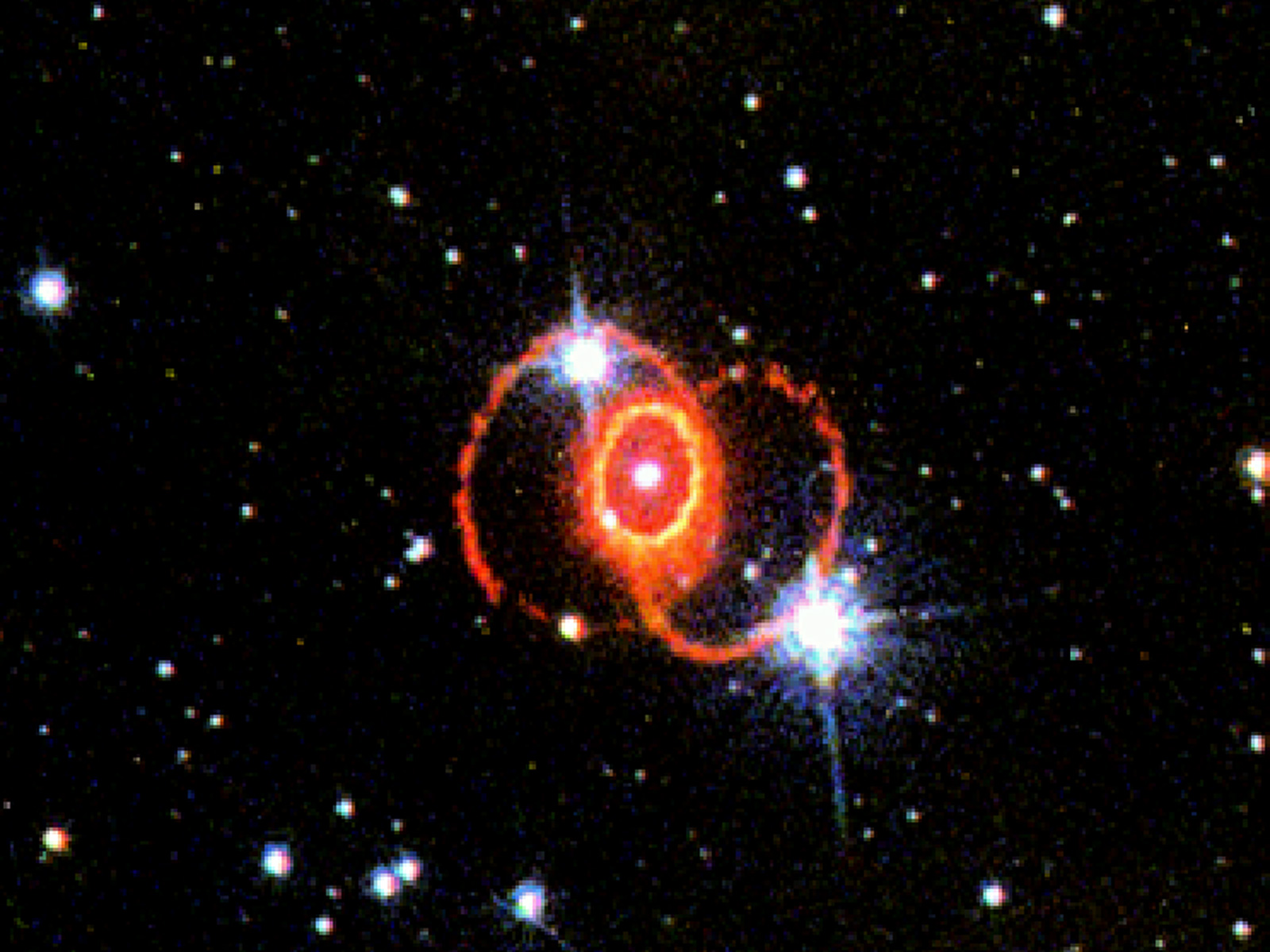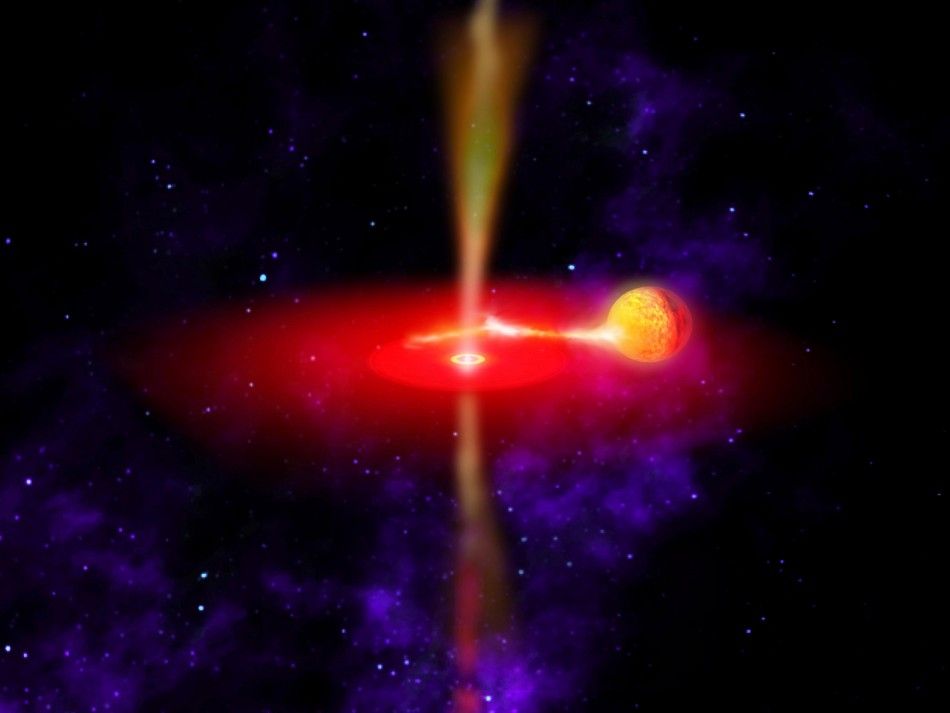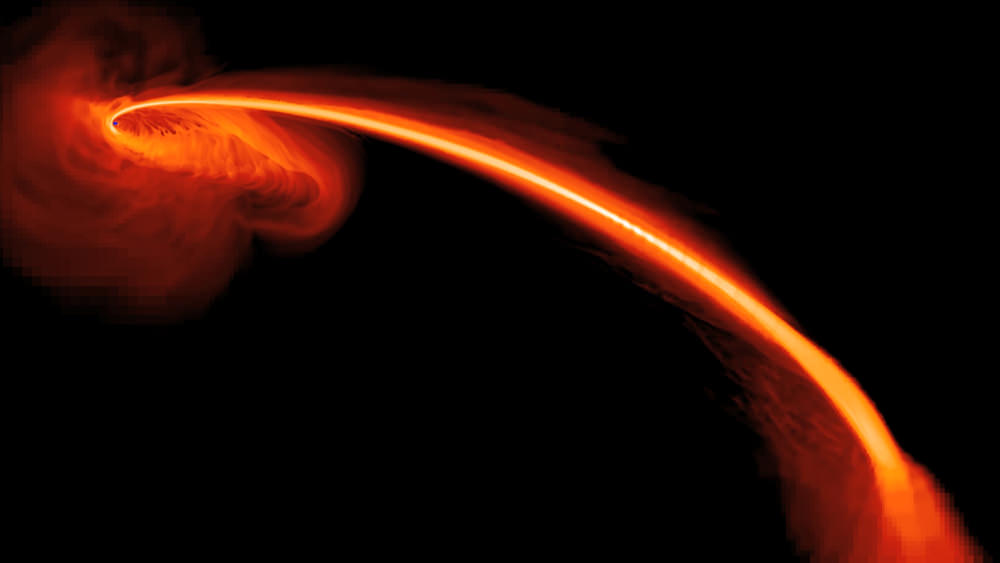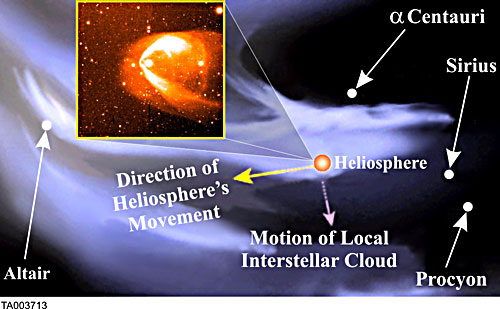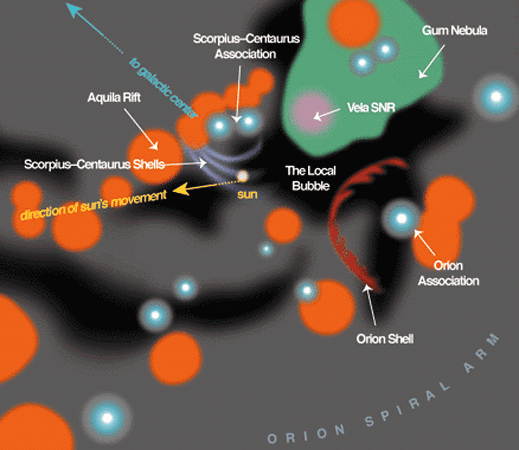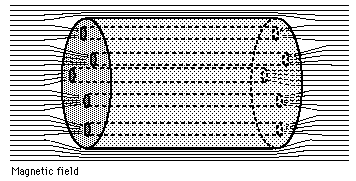Kepler's law of planetary motion (Newton's pseudo-gravity) has been confirmed to actually be magnetic levitation or "anti-gravity". VIDEO: MIT ZERON MAGNETIC LEVITATION. Zeron uses magnets and computer controlled motors to liberate materials from the constraints of space and time (gravity) by blending together the physical and digital worlds. These components create space without gravity. Jinha Lee at MIT says "there is something fundamental behind liberating physical matter from gravity and enabling control. A space where materials are free from gravitational constraints and controllable through computing technologies."
1) By changing the orbit of a revolving planet, the orbital velocity changes, confirming Kepler's law.
2) Using Zeron as a sun, you can simulate the lighting of planets.
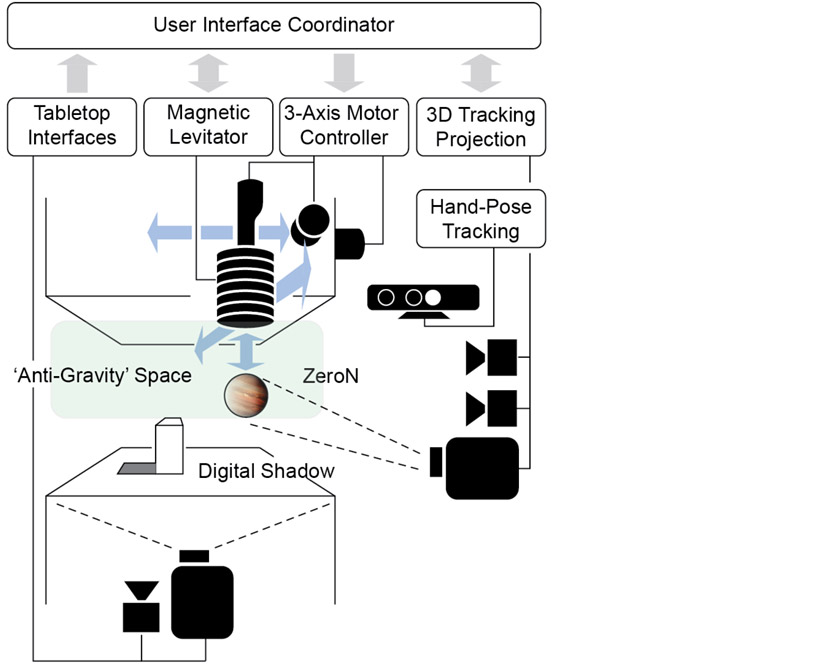 |
| MIT anti-gravity magnetic levitation designboom |








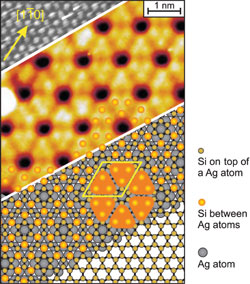




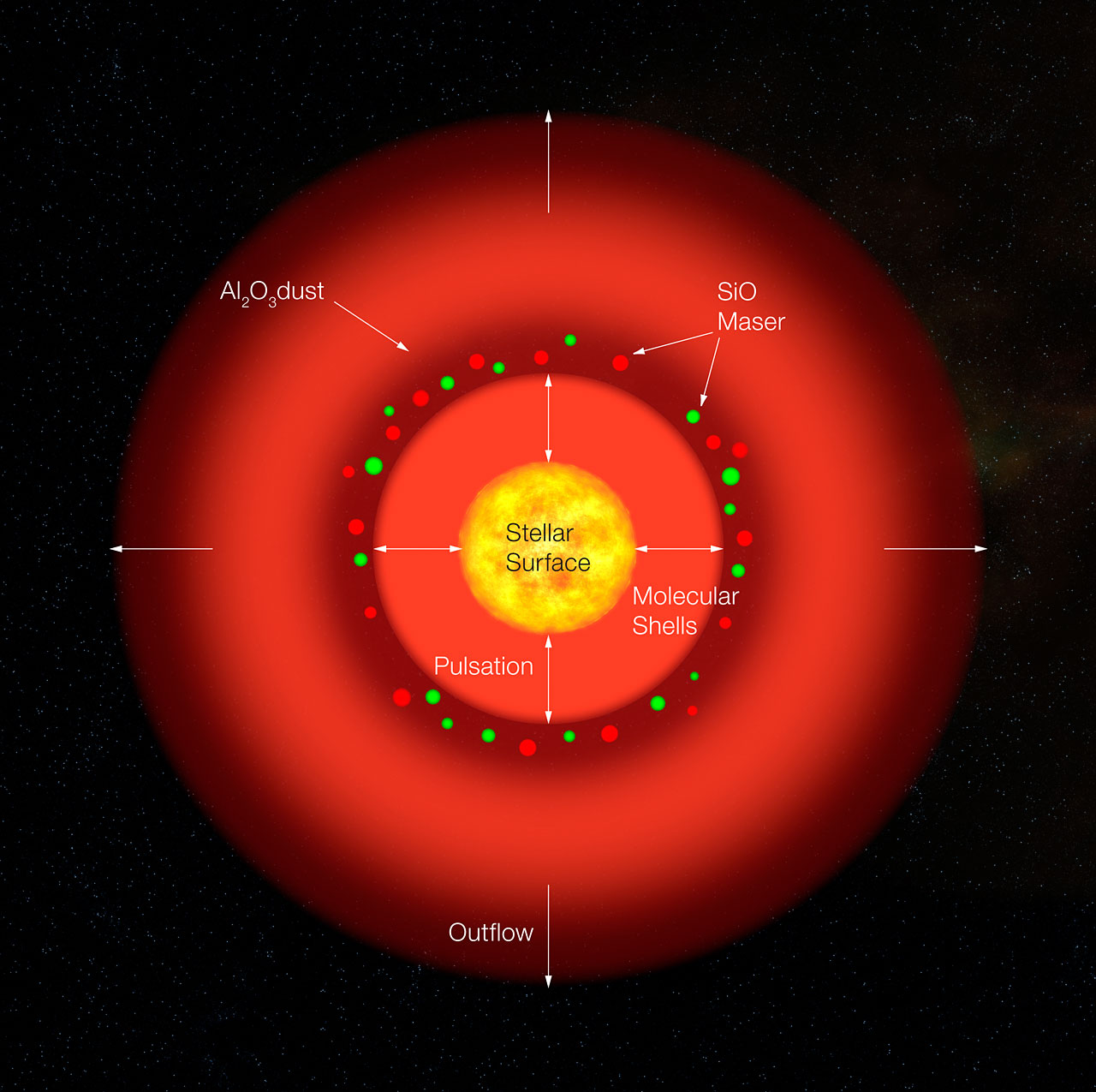





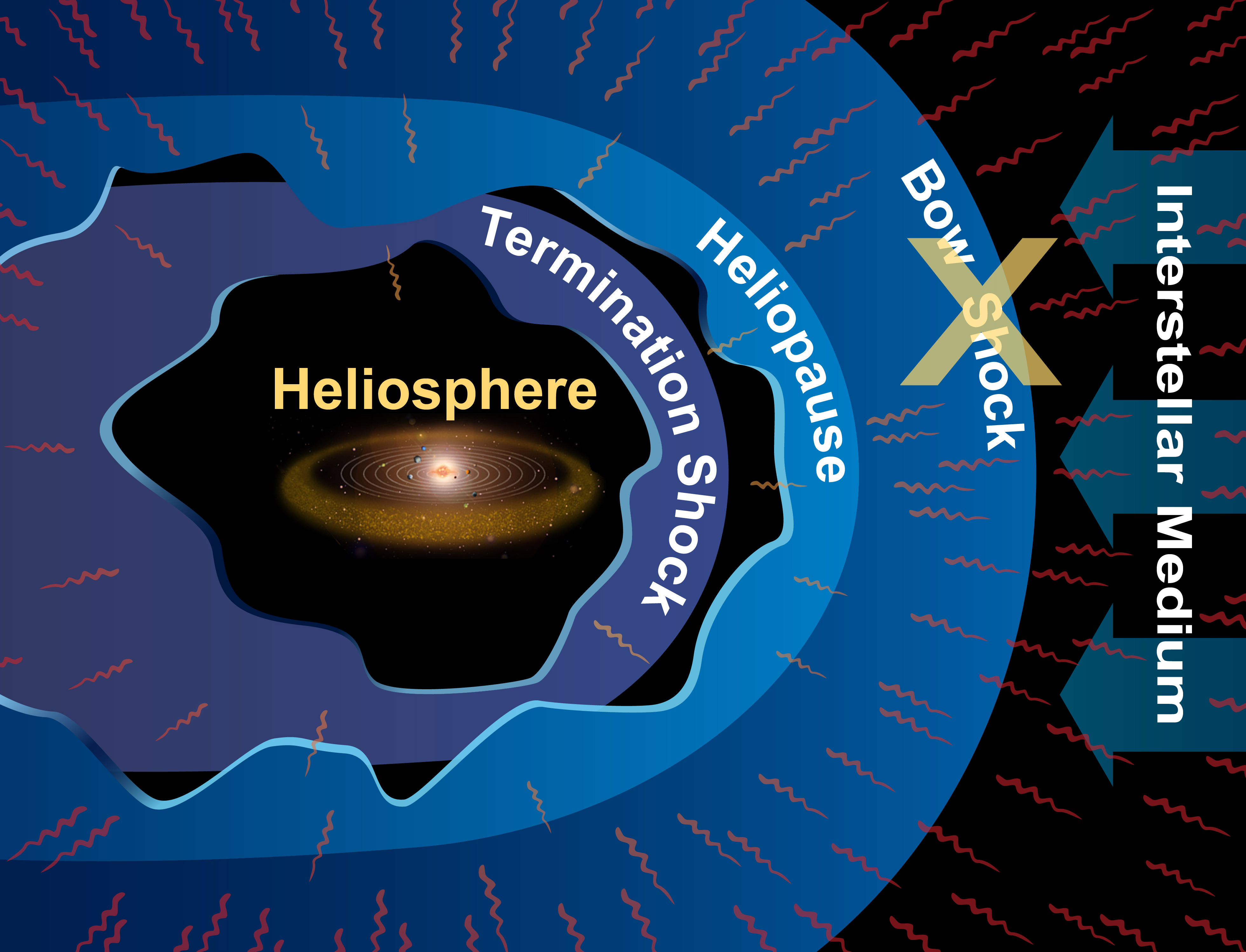
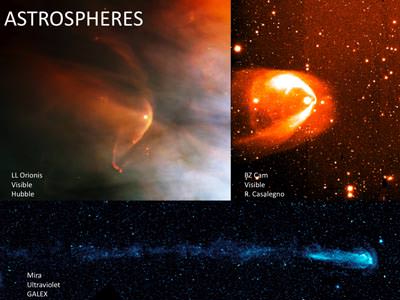






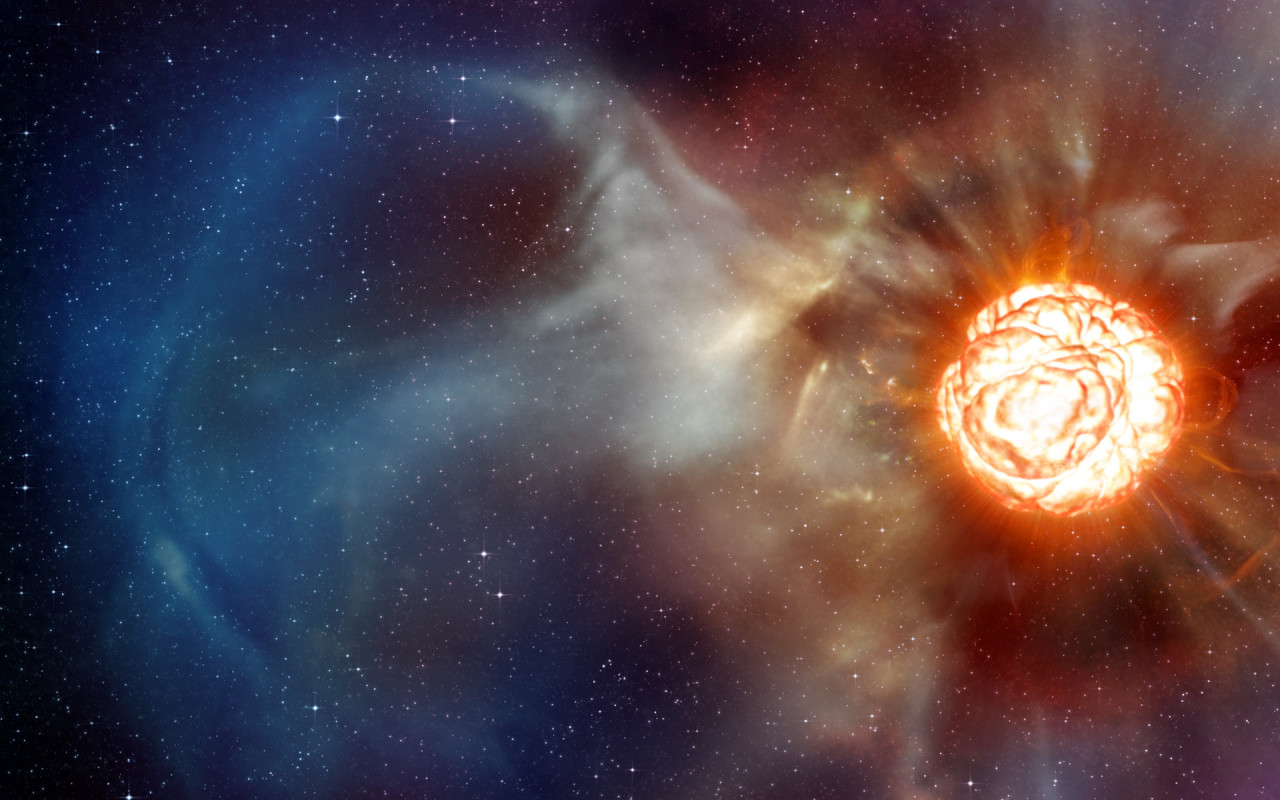 Two Supernova models are both wrong, not both correct
Two Supernova models are both wrong, not both correct 